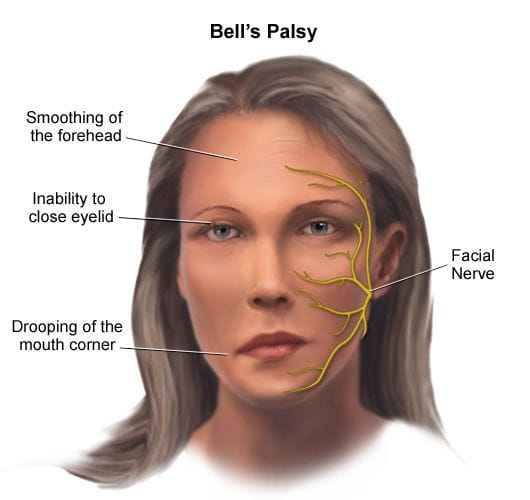BELLS PALSY

Bell’s Palsy is a neurological condition that affects facial muscles, leading to sudden weakness or paralysis on one side of the face. Named after the Scottish anatomist Sir Charles Bell, who first described it in the 19th century, Bell’s Palsy is a temporary disorder that can cause significant discomfort and challenges for those who experience it. While the exact
cause remains somewhat elusive, advances in medical understanding have shed light on potential triggers and effective treatments, including the use of physiotherapy.
Causes and triggers:
The exact cause of Bell’s Palsy is still not definitively understood, but several factors are believed to contribute to its development.
Physiotherapy as a Treatment Approach
Facilitating Muscle Re-education:
Enhancing Nerve Function: Techniques like electrical stimulation can be used to stimulate the affected facial nerve and promote its recovery.
Managing Pain and Discomfort: Physiotherapists can incorporate modalities like heat, cold, and manual therapy to alleviate pain and discomfort associated with Bell’s Palsy.
Educating Patients: Patients are educated on self-care techniques and exercises that they can continue at home to support their recovery process.
In Conclusion:
